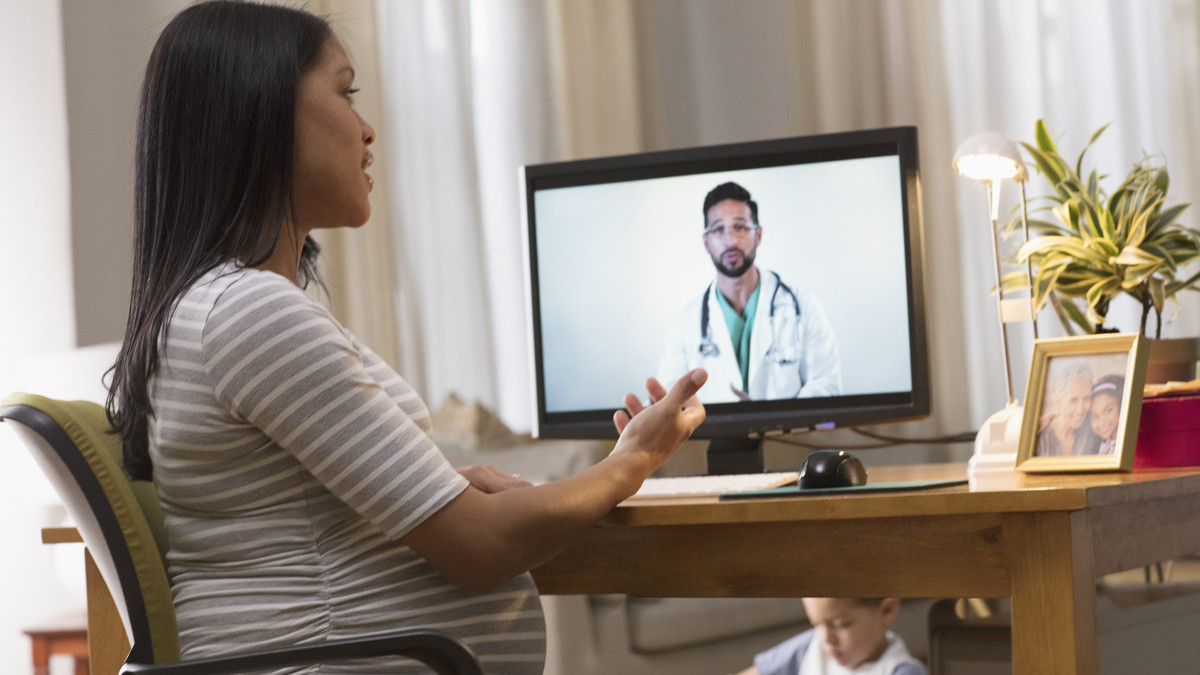When it comes to health care, we look to physicians, nurses, and specialists and trust them to be the experts on our health, but we don’t typically look to them to be technology experts.
In fact, the health-care industry, especially the back office, has been historically slow to adopt new technology, relying on paper records and pagers, fax machines and even hand delivery of files and records. Many clinics are not equipped to digitally connect to another office’s patient records.
However, with the rise of consumer technologies such as wearables, subscription services, IoT and video conferencing, and the proliferation of mobile everything, patients are beginning to expect more from their health-care providers when it comes to technology.
Beyond the clinic
Consumer innovation is beginning to influence the health-care industry and how services are delivered, and thankfully so, as we enter a new era and are faced with an aging population, higher transportation costs and an increasing shortage of care providers.
These trends are making it increasingly difficult for people to physically visit clinics and hospitals. In 2018, 60% of health-care organizations worldwide already had IoT technology integrated into their facilities to solve these problems, and it is expected that in 2019, 87% of health-care providers will have introduced IoT solutions. It is also forecast that 5 million individuals will be remotely monitored by health-care providers by 2023.
With banking, taxes and other vital services being offered online and via mobile apps, so too are patients seeking these same conveniences for their medical care. Patients are demanding more flexibility and access involving their diagnoses, treatments, and medical records. HIMSS reported that 79% of consumers are more likely to select a provider that allows them to conduct health-care interactions online or on a mobile device.
Employment in health care is predicted to grow 18% through 2026, but the demand for home health care and personal care aides will outpace that and grow by 41%.
Remote generation
This trend emerging in more areas than just health care, remote work, for example, continues to grow, and it is becoming more common for small businesses to offer this option. Surveys show that 90% of workers who have experienced remote work are planning to work remotely for the rest of their careers, and two-thirds of employers even reported increased productivity for remote workers.
In a related trend, in 2018 there was a 20% increase in home delivery sales including meal services such as Uber Eats. So it’s safe to say that as the next generation ages, the demand for at-home services is likely to continue to boom.
DIY and proactive health care
Aside from the remote-everything phenomenon, we are also seeing consumer technology drive an increasing trend in which individuals are looking to use technology to manage their own health. Wearables including fitness trackers, heart-rate monitors and sleep trackers have grown tremendously in popularity. These devices give patients the ability to take their own medical-grade vitals at home on any number of devices such as the Kito, and simply upload the biometric data to an app where it can be tracked by the consumer.
Further, wearable technologies have advanced tremendously, and there are devices that can monitor vitals 24 hours a day and minute by minute, helping a patient to avoid the stress of unnecessary medical visits. These include devices that can measure weight, blood pressure, glucose, and more, and give patients the ability to video conference with their doctors at the push of a button. There are even ailment-specific wearables such as smartwatches that can monitor seizures and send instant alerts to caregivers.
These devices are also becoming more affordable, many of them available via cost-effective monthly subscription plans. For example, a free trial of the Embrace2 seizure-monitoring smartwatch is available via prescription, and the accompanying Alert App offers a tiered subscription model for patients.
The next phase is to interface these data with an EHR (electronic health record) system in the doctor’s office. With this kind of technology syncing health information instantly to clinics or hospitals, it seems archaic to drive or take the bus to these locations when there isn’t an urgent health emergency.
360-degree health care
A secondary benefit of this increased digitization is the robust record-keeping that it enables without a significant increase in administrative overhead. According to Healthcare Weekly, doctors in the U.S. in 2018 spent less than a third of their time actually treating patients, with much of their time being consumed by administrative duties. In fact, doctors spend over a third of their time just entering patient notes into EHRs, which is not only inefficient but also contributes to physician burnout.
Enhanced record-keeping also creates robust data sets that can provide physicians with more complete information with which to diagnose and treat patients. It is now possible to automate the process of inputting test results and intake forms, tracking patient medical history and prescriptions refills, and automating appointment reminders.
The influence of consumer technology on health care is clear and is ultimately driving the industry forward, giving patients an abundance of options when it comes to their health and giving health-care providers more tools and better data to provide better care.
This article was written by Ryan VanDePutte from HIT Consultant and was legally licensed through the NewsCred publisher network. Please direct all licensing questions to legal@newscred.com.
